Black Friday
We are moving forward for the fifth consecutive year!

Starting Thursday, November 2, you have the possibility of purchasing a selection of works by artists from the Sala Rusiñol at special prices.
Until the 21st of this month you will find, among others, works by:
FIDEL BOFILL (1934-2013) Painter and ceramist, interested in and practicing various artistic techniques, knew how to connect with impressionism and connect through it with the creative impulse of the trans-avant-garde that, little by little, reached us.
He was a revitalizing landscaper. In the same way that Nature renews itself within the cycle of the seasons, Fidel Bofill observed his surroundings to capture its graces, while transmitting the feelings that he increasingly felt growing inside him. He searched and found, but as he never felt satisfied with this first action, he later returned to search for where he had found. And he remained in this position, aware that matter has infinite possibilities to find new harmonies and different registers to explore.
A great traveler, a person aware that each place has a way of expressing itself and that they can all come together in the one that feels most appropriate, Fidel Bofill was international while still being very much from here, from Catalonia in general and from Osona in particular. When we see one of his paintings we feel it as ours, a close and accurate interpreter of what we recognize as our own.
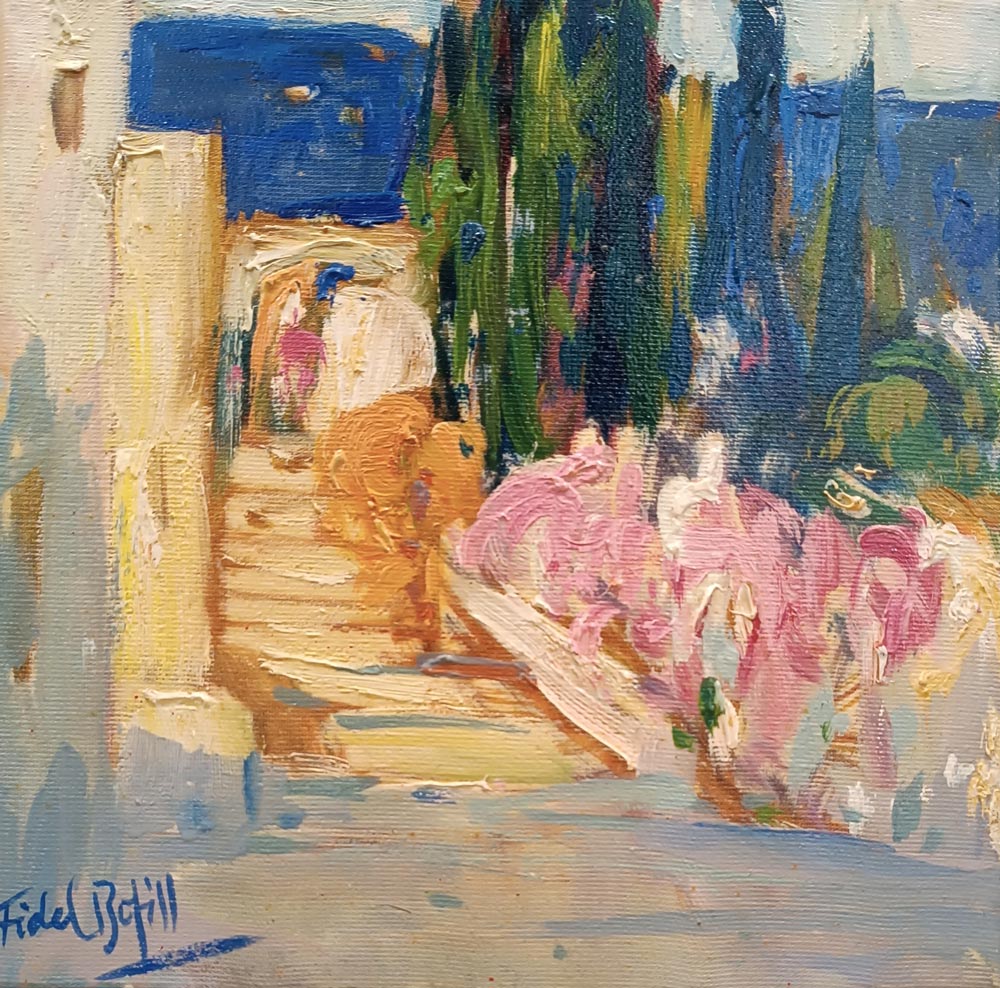
ALEXANDRE MATAS (1942-2008) Born in Sant Feliu de Guíxols (Girona), he entered the School of Arts and Crafts in his town of birth. From 1959 onwards he participated in group exhibitions. In 1966 he presented his first individual exhibition in Platja d’Aro. A year later he established himself professionally in the world of painting. Since then, there have been numerous exhibitions held in the main galleries in our country and abroad.
In 1972 he made 8 mm films such as Frius the Eskimo or Sueño. He was founder and director of the experimental group Ninots with which he created several short films such as Preludi en ya (1981), winner of the Golden Thread for best film at the 25th Cannes Film Festival (1982) and the Silver Knight for best film in animation in Malta (1983); They also filmed Space Mission (1987), co-produced by TV3 and the Generalitat of Catalonia and also winner of several awards such as the Golden Knight for best animated film at the XVIII Malta Independent Film Festival and the First Prize at the XXVIII Festival of Algarbe Shorts (Portugal, 1989).
Matas was a painter of nature – open to the urban and marine landscape – which he achieved through a subjectivation, in terms of interpretation, which uses techniques that belong, by inheritance, to Impressionism. His themes are the result of everything that, in the reality that surrounded him, he fell in love with: from an intimate corner, to an open panoramic view, from a sea edge where some boats rest, to a sea that disappears into the horizon…
His work is born from a solid structure. He has a great mastery of drawing which allowed him to give all the prominence to color, whether in terms of description or the emotional expression that his painting exudes.
A palette in which no color is missing and which he used through careful brushwork, is the one that, not forgetting that the lighting effects are valid to complete the representation, he used with descriptive effectiveness. If the representation, in his work, is born from rhythms consistent with the reality he draws, the chromatic contribution is dressed in a poetic interpretation that leaves the plural figuration that he cultivated justified and embellished within a version that does not lose the objectivity that characterizes it. motivates. That is, a painting from life, in nature.
We find his work in the Museum of Fine Arts of Santander, in the Cathedral of Girona and in the Pinacoteca Municipal Legado Francesc Galí of Palamós.
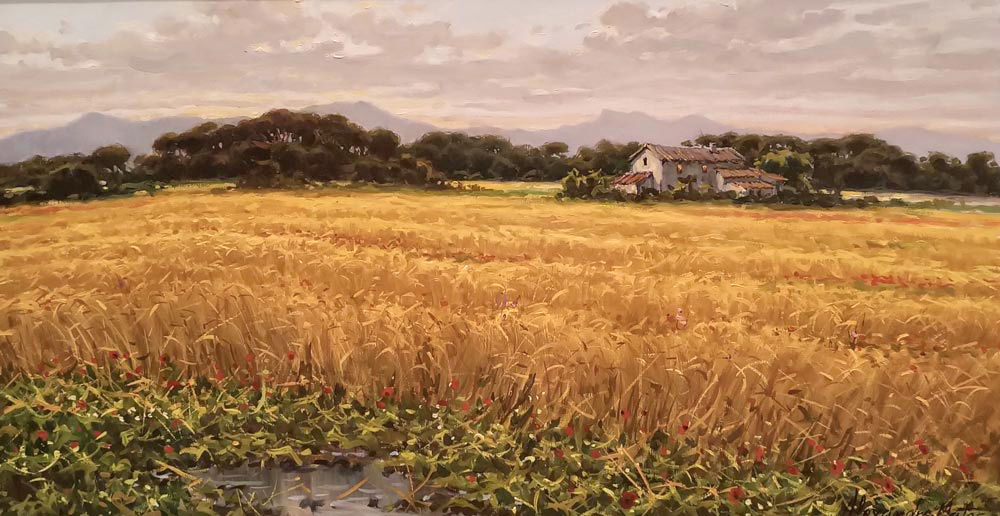
JORDI AMAGAT (1956) Born in Les Planes, Girona. Painter assigned to the new figuration (a movement that was born as an alternative to the dominant trends around the sixties: abstraction and new realism), he presents a new vision of the –isms of the beginning of the century, mainly cubism and metaphysical painting.
His first exhibition dates back to 1980. Since then until now he has held numerous exhibitions, both individual and collective, in the main galleries of our country.
At an international level, it is worth highlighting the exhibitions held in Miami (USA) and in Bologna (Italy).
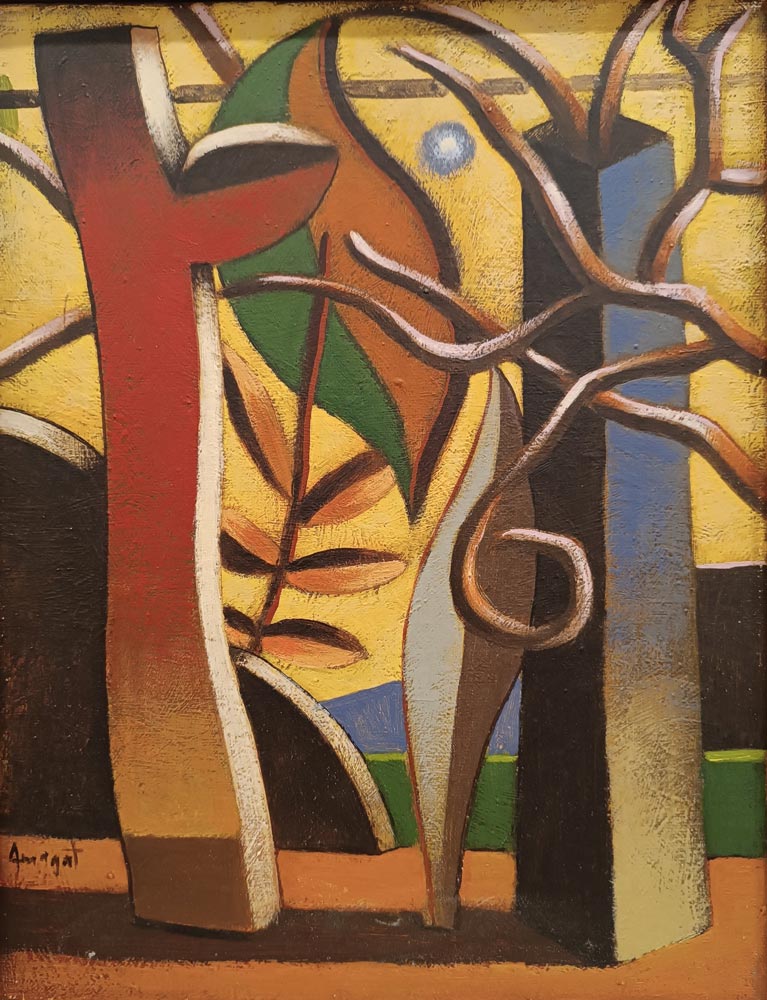
M. MAYORAL G (1926-2018) In 1927 he moved with his family from Zaragoza to Barcelona. He alternated his studies with attending drawing and painting classes taught by the artist Tàrrega-Viladoms at the popular academy that bore his name and, later, in 1942, with the painter Olivet Legarés. His first group exhibition dates back to 1944.
Since then he never stopped painting and his works could be seen in the most important art galleries, both Spanish and foreign. Also in private and official collections in Japan, the United States, Italy, France, Belgium, Mexico… and in offices of various entities as well as in museums. Gas Natural, Asepeyo Foundation, Port of Barcelona, Barcelona City Council, Vila Casas Museum Foundation… are owners of his works. The bibliography that has been published is also numerous and it should be noted that The Vatican Library and Medical Editions, among others, have also collected part of these publications. Media outlets such as La Vanguardia, Correo Catalán, Destino, Annuaire International de Arte de Paris, TV2, TV3… echoed his work of unmistakable harmony and natural plastic elegance.
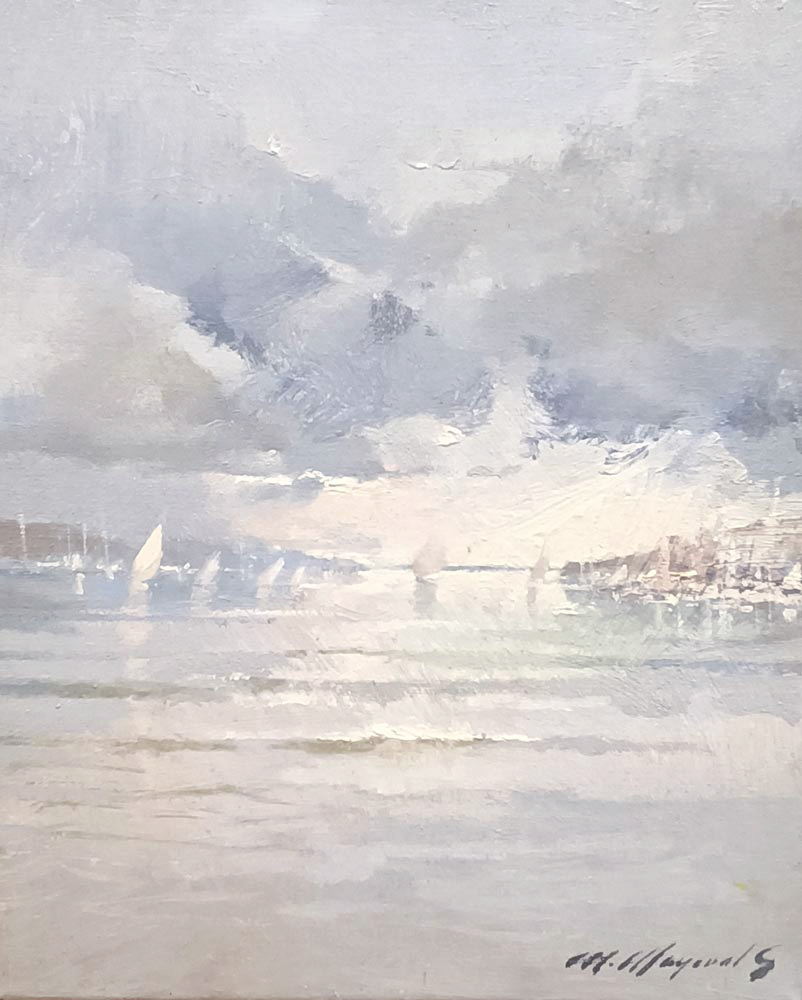
RUIZ ORTEGA (1951) Born in Jerez de la Frontera, in 1951. Once he moved to Barcelona, he studied at the Sant Jordi School of Fine Arts, where years later he taught classes.
With a scholarship from the University of Perugia, he made his individual debut in 1979 in Sant Cugat del Vallès. Later he exhibited in Santander, Terrassa, Gerona, Olot, Vienna, Setúbal (Portugal), Valencia, Madrid and Barcelona.
He participates in itinerant people who take their work throughout Andalusia. Winner of numerous awards (First Prize for Painting from the General Directorate of Fine Arts, Barcelona 1971; or the Inglada Guillot Prize in 1982).
He has work in the Museum of Modern Art of Barcelona, in the Provincial Council of Santander and in different private collections. He builds his paintings from an aesthetic base. Skilled in drawing, he creates an atmosphere of neo-romanticism.
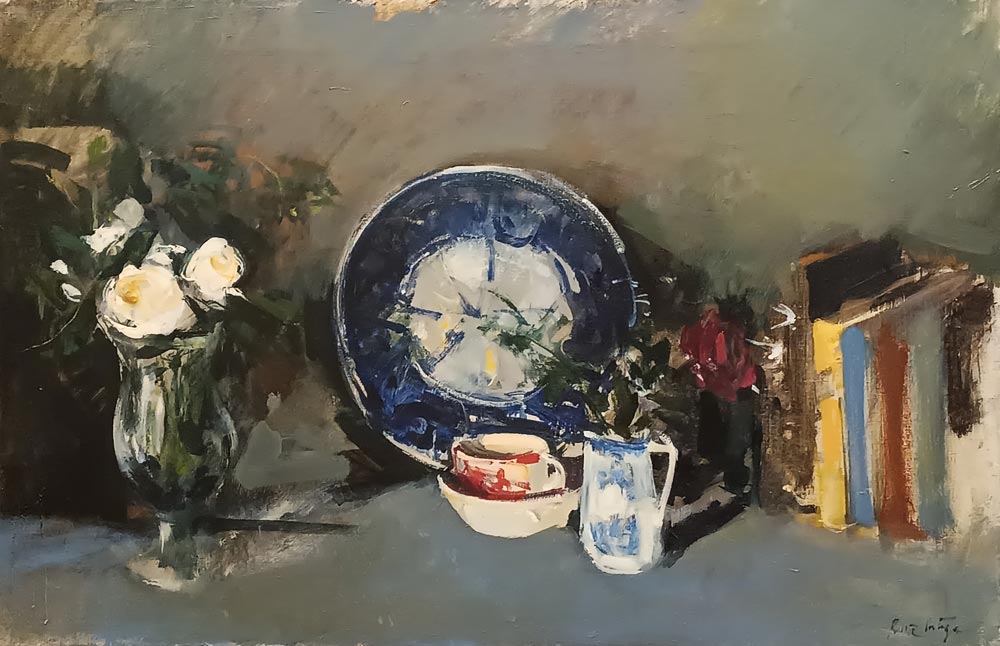
ANDREU FRESQUET (1940) He studied in Barcelona, in Lonja (1955-62) and at the Conservatory of Book Arts. He has maintained a constant concern for the graphic arts.
Jordi Andreu Fresquet is one of the recognized names of contemporary Catalan painting and has works distributed in museums in Italy, Venezuela or California and also here in our country, such as in the Macba.
A style of painting reminiscent of the work of Francis Bacon. However, his creations have not only been limited to paintings, but he has also taken to the streets. Fresquet has collaborated with the Festival Mayor decorations on Joan Blanques Street and Rovira i Trias Square, which came out on top with the Somnis design.
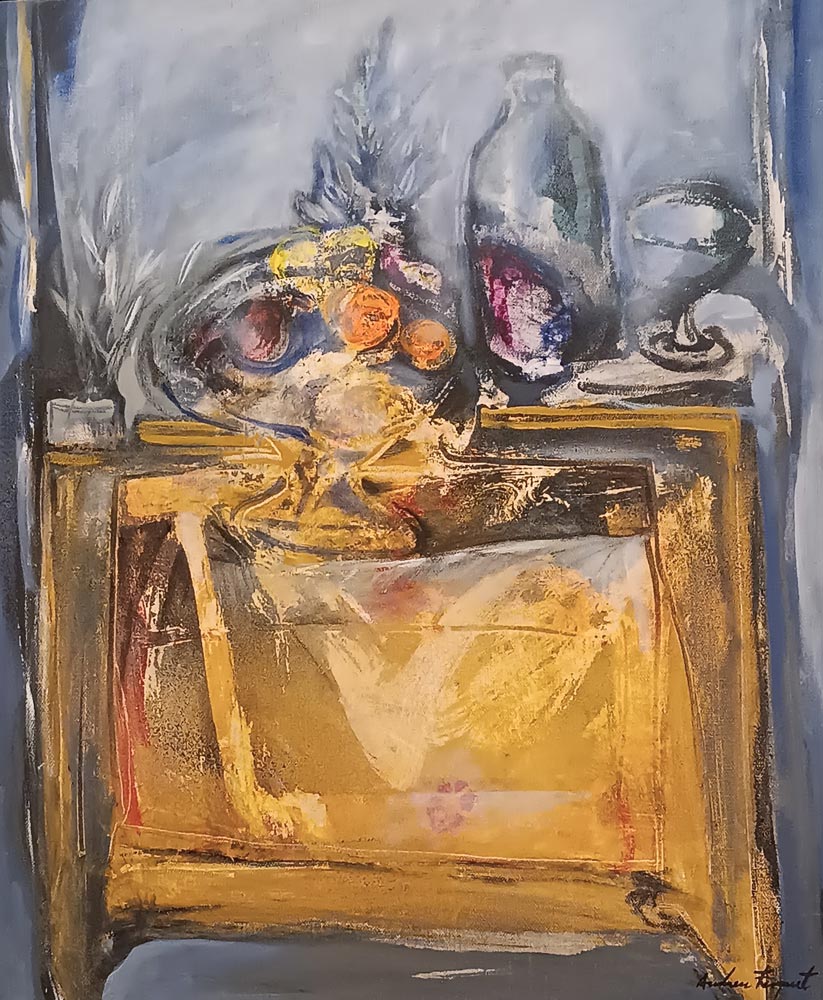
VIVES FIERRO (1940) He studied at the Llotja in Barcelona. At the age of twenty he moved to Paris and later to London, New York and Geneva, where he came into contact with painting and museums. In 1962 he returned and presented his first exhibition in Cartagena. Two years later, a numerous itinerary of exhibitions began in our country. At an international level, his work has been exhibited in Switzerland, France, Greece, Cuba, New York… as well as in museums, among which we can highlight the Reina Sofía Museum in Athens or the Olympic Museum in Laussane. He has also presented monographic exhibitions at the Gran Teatre del Liceu and the Palau de la Música Catalana. He has won several awards, such as the Prize for Drawing from the Royal Artistic Circle of Barcelona, and there are numerous publications dedicated to his work.
An artist who knows how to look beyond what he sees, he takes advantage of the brilliance of all social activity to find the links with a very complex society and who knows the difficulties in which human beings move in many places in the world. Starting from cities as living organisms to create works with plural and dynamic personality, with construction and destruction at the same time, with posters and labels that are part of a set that is primarily communicative through shapes and colors.
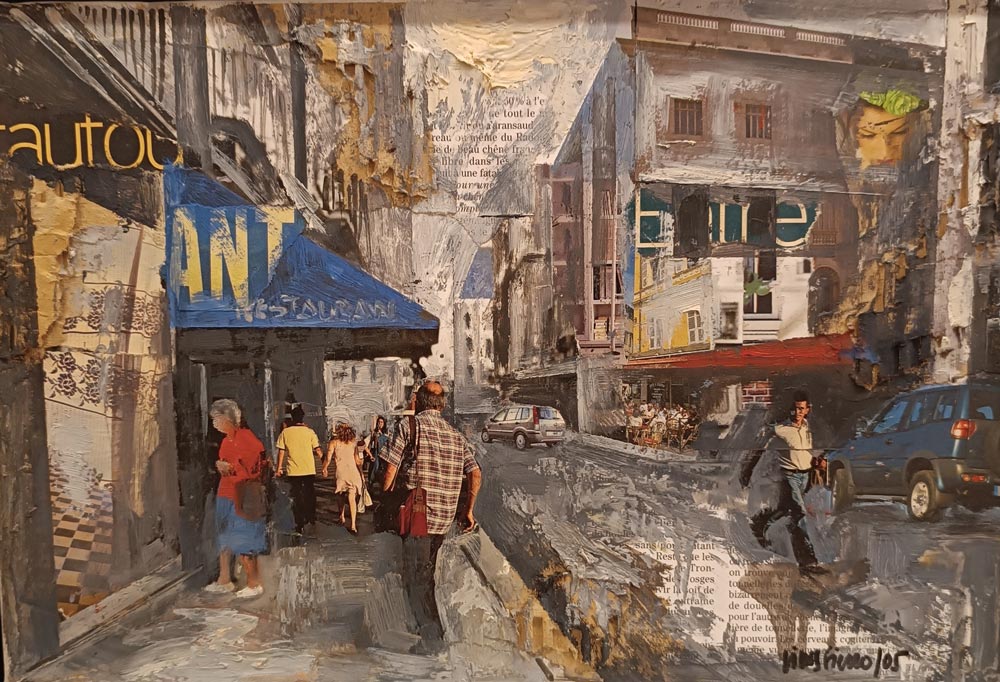
RAFAEL GRIERA (1934-2018) Born circumstantially in Las Palmas de Gran Canaria in 1934. His father had a religious imagery workshop in Olot, where he learned to perform all the techniques related to this art and where he developed a great artistic activity. He began to make his first trips to sell these images of saints. He studied at the Olot School of Fine Arts for a short period of time.
At the age of twelve he won his first prize at the Catholic Center. At eighteen he was part of the group “Cráter de Arte”, along with several artists who met periodically. He was influenced by Anglada Camarassa, whom he met while doing military service in Palma de Mallorca, and by the painter Vermeer from Delft.
He held his first exhibition in 1954. His exhibition history is very extensive, both nationally and internationally.
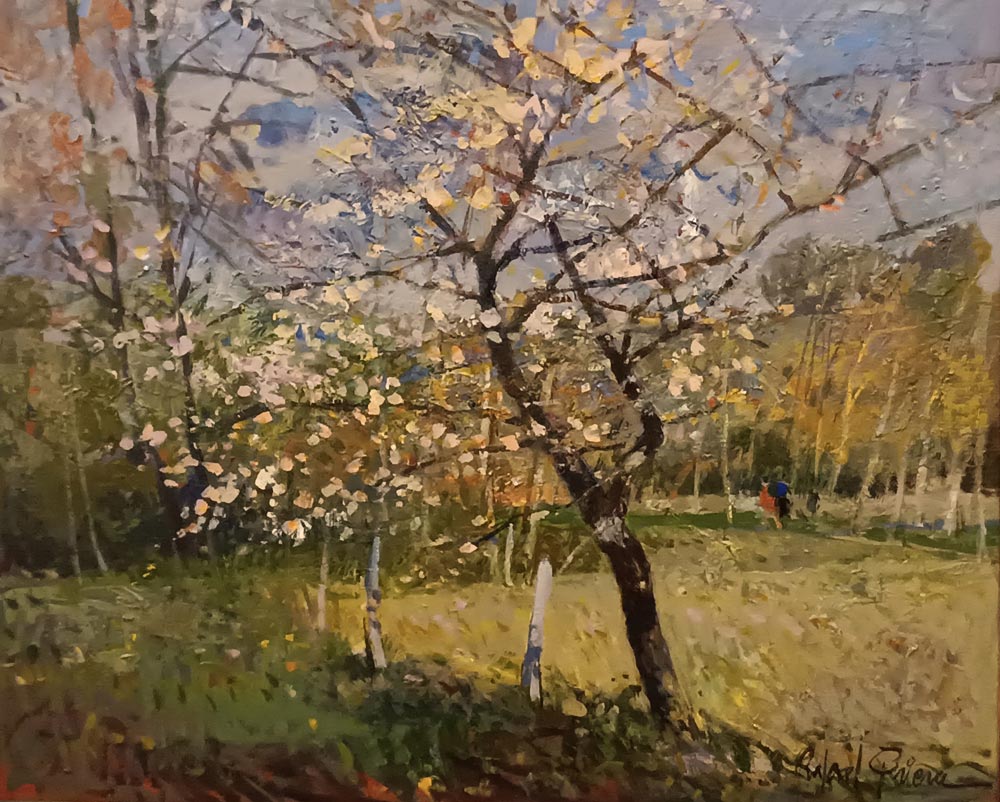
Here you can see the entire exhibition.